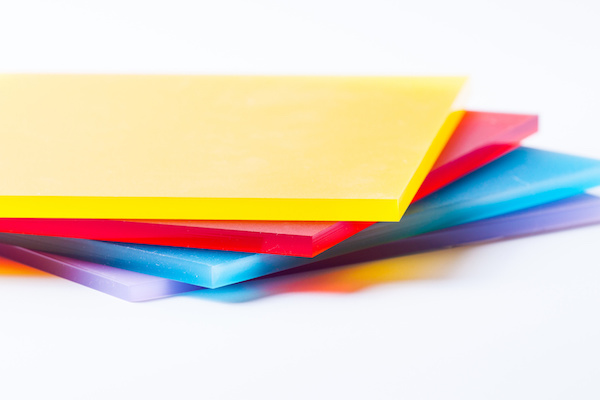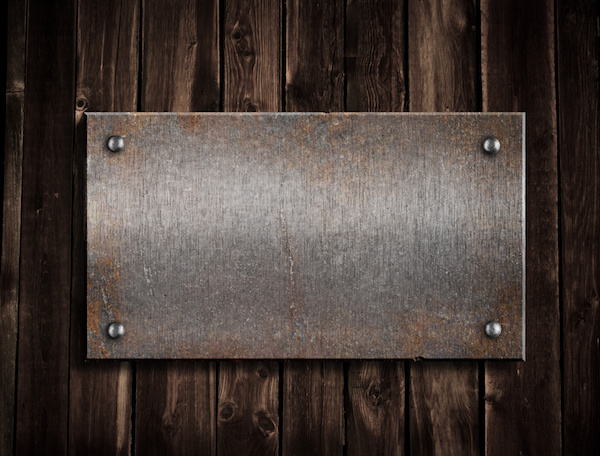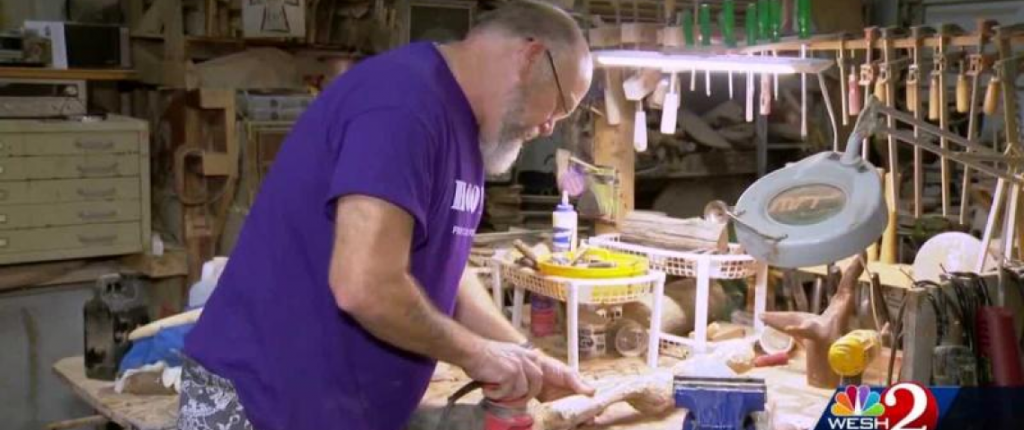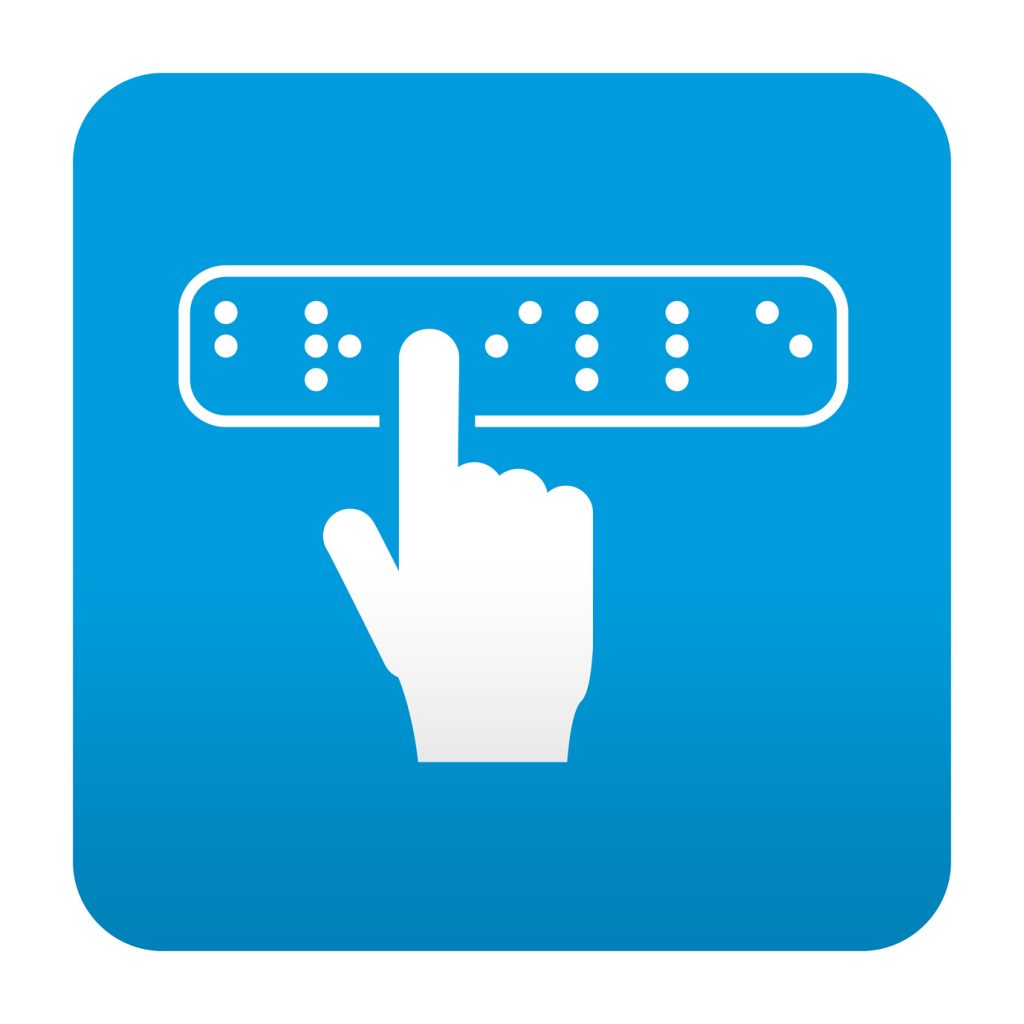Get to Know Your Nameplate Substrates: Polycarbonate (Lexan)
Previously, we blogged about an available nameplate substrate called Mylar. While this material is great for some applications, there are plenty of other substrates to explore, and we are going to continue on with our series.
One of the many substrates that are available for a nameplate is polycarbonate or Lexan. Nameplates, in general, provide decorate, informative solutions that enhance your product, while offering quick turnaround time without sacrificing quality. Nameplate production includes labels and overlays that don’t require embossing or extensive engineering. Compared to graphic overlays, nameplates offer faster production and lower pricing with high quality and consistency always in mind.
Used in engineering, polycarbonates are strong, tough, but also flexible materials, and some grades are optically transparent. They are easily worked, molded, and thermoformed. Because of these properties, polycarbonates find many applications…one of which could be your next nameplate! Products made from polycarbonate can contain the precursor monomer Bisphenol A. The subsurface printing process done in this nameplate production protects your designs, including color and graphic images, from cleaners, solvents, abrasives, and even a variety of climates and outdoor elements.
Where did polycarbonates come from? They were first discovered in 1898 by Alfred Einhorn, a German scientist working at the University of Munich. After 30 years of laboratory research, this class of materials was abandoned without commercialization. Research resumed again in 1953, when Hermann Schnell at Bayer in Uerdingen, Germany patented the first linear polycarbonate.
So you might be wondering what the explicit benefits are to having polycarbonate as your nameplate substrate. Here are a few reasons to choose this substrate:
- It has a wide temperature tolerance, making it applicable to many different types of equipment and environments.
- It is available in a relatively large range of thickness from .005” to .025”.
- It is available in gloss, velvet, and matte finishes, making it the most versatile substrate for finishes.
- Polycarbonate is suitable for indoor and outdoor applications, which speaks to its wide temperature tolerance and different purposes.
- It has available flammability ratings from ULVTM-2 to UL94V0
These features of polycarbonate are balanced out with impact resistance and optical properties. It has high impact resistance and low scratch-resistance. Additionally, engineering plastics have gradually replaced traditional engineering materials such as wood or metal in many applications. Besides equaling or surpassing them in weight, strength, and other properties, engineering plastics are much easier to manufacture, especially in complicated shapes. So if you’re looking to apply your new nameplate to a contoured surface, it is certainly recommended that a polycarbonate substrate is used to ensure the best coverage and the highest quality product we can make for you.
Polycarbonate nameplates are printed on the underside of the transparent material, allowing the polycarbonate itself to provide protection from the elements. It is a durable and economical labeling solution, with the capability to enhance product appearance with crisp, vibrant, and precise graphics.
Unlike most thermoplastics, polycarbonate can undergo large plastic deformations without cracking or breaking. As a result, it can be processed and formed at room temperature using sheet metal techniques, such as bending on a break. This makes it valuable in prototyping applications where transparent or electrically non-conductive parts are needed, which cannot be made from metal.
Polycarbonate is just one of many substrates available for your newest nameplate to be created on. At Hallmark Nameplate, we take into consideration every variable to suit your specific needs and being so versatile, polycarbonate just might be the one for you! Some variables we will take into consideration include:
- The type of surface it will be mounted to
- Indoor or Outdoor application
- Type of Finish; Gloss, Velvet or Matte
- Serialization & barcodes
- Display windows (LED, LCD)
- Drawings and art files available
- Domed elements
- UL or CSA requirements
We have more than 55 years of experience behind us, so when it’s time to start working on your next project, our team will be able to walk you through the entire development process, from start to finish, to make sure that you have the right nameplate for your specific needs and application. Our facility gives us the ability to offer both screen and digital printing on materials from 3-.030 in.
Still have questions? Contact Hallmark Nameplate today for the highest quality, from your first inquiry to your finished product.




